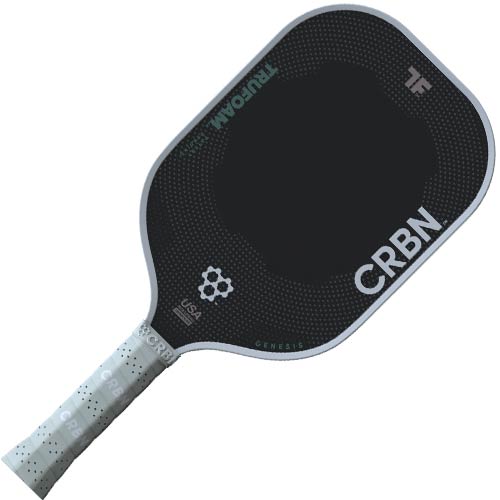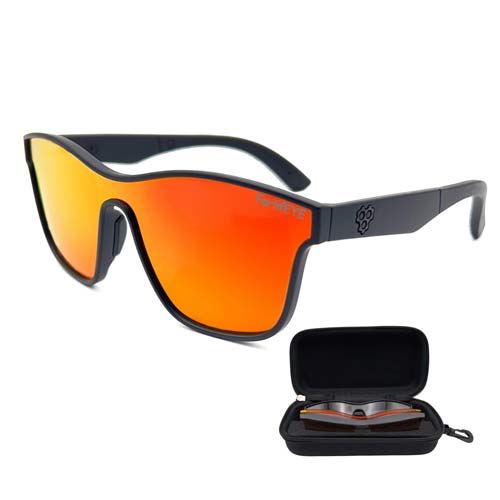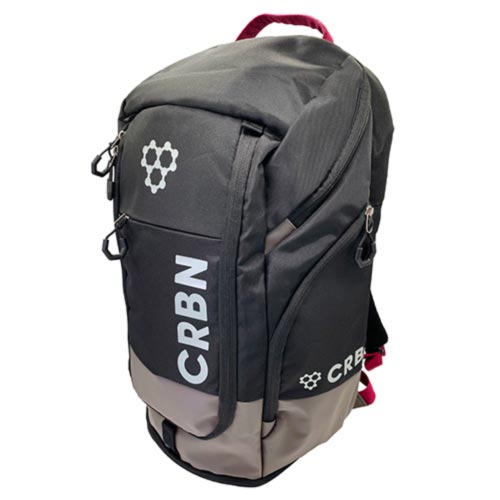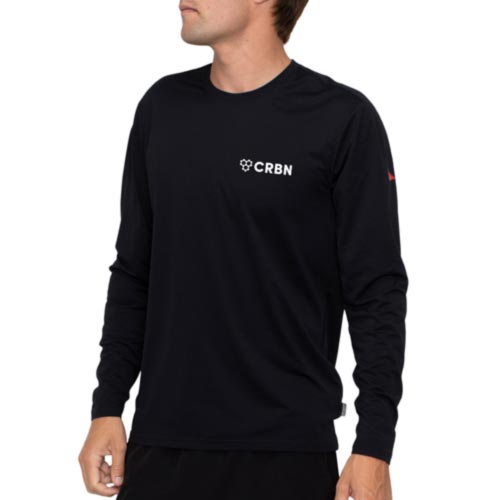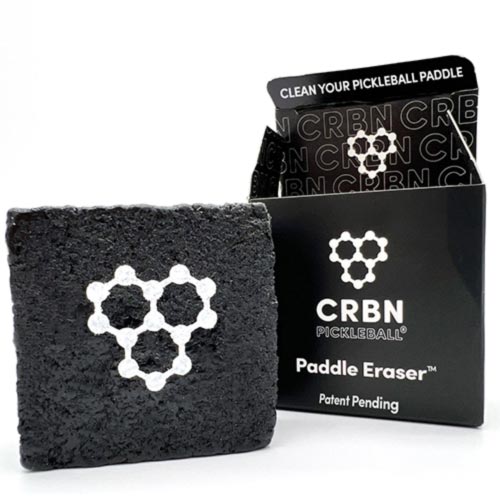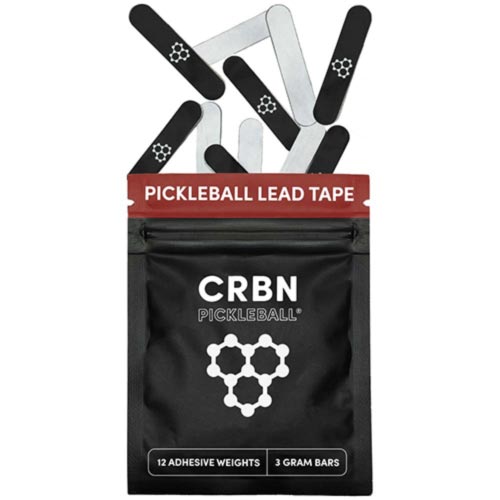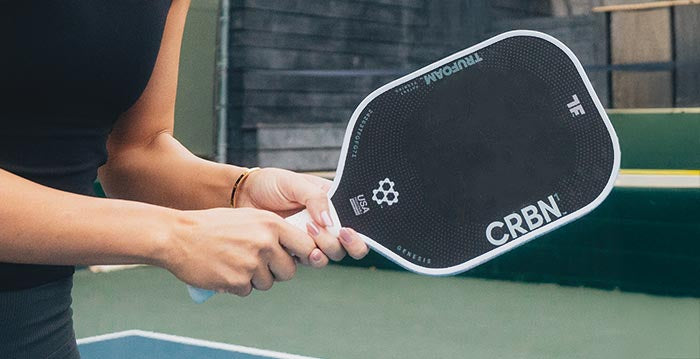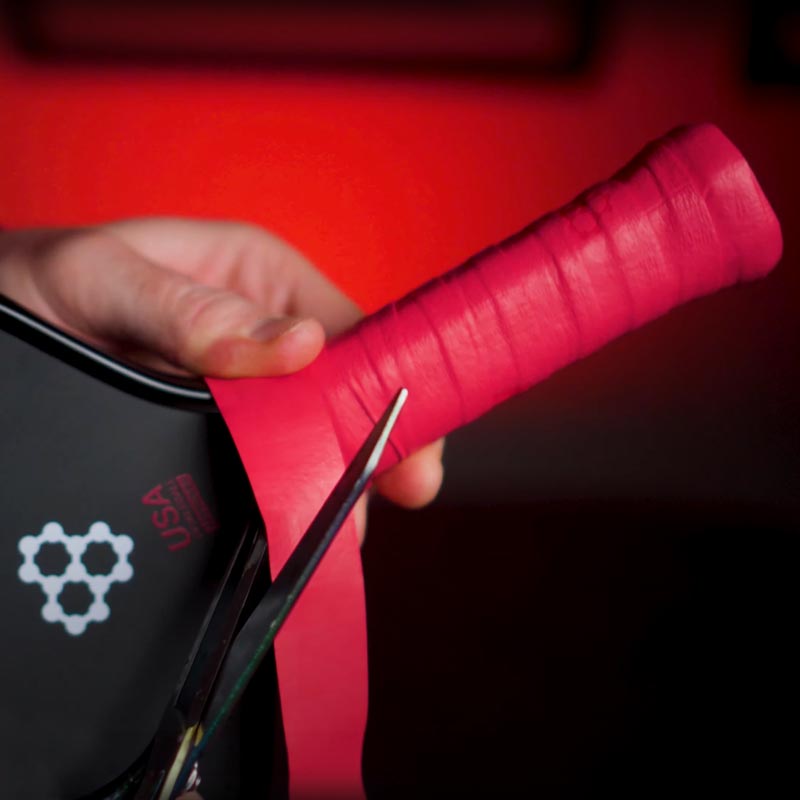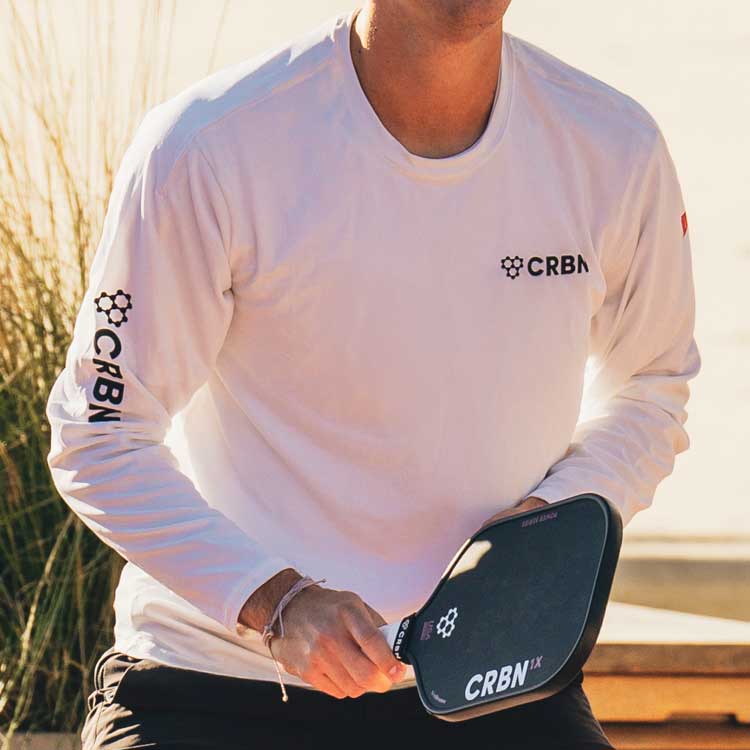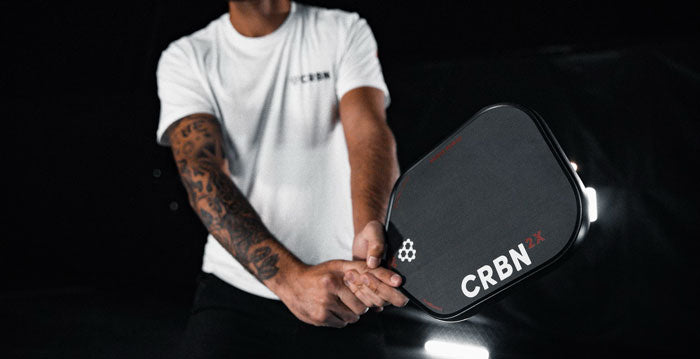Which Advanced Strategies or Techniques Are Commonly Used in Competitive Play?
Below are a small handful of advanced strategies and techniques commonly used in competitive play.
Split Stepping
Imagine you are about to return a serve.
Would you feel more ready while standing with your feet together or a little bit apart?
Definitely, with your feet a bit separated.
This ready position is known as the split step.
But there is more to it. You must know when to do it and how to do it.
Split stepping is a little leap (not a stop), about one or two inches from the ground, and the land is soft and light. You must also land with your feet shoulder length apart or more and with your knees slightly bent— don’t add weight to your knees.
The purpose of the hop is to engage your muscles so that you can move in any direction.
Split stepping — as part of your pickleball footwork — can help you to perfectly return shots fired right at your feet and also those really deep dink shots that land at the side of your feet.
The right time to split step is when the ball is in contact with your opponent’s paddle. As your opponent begins their back swing, stop rushing to the net and begin your little hop split.
The correct way to split step is to:
- Jump lightly and stabilize. While others may recommend you stand on the balls of your feet, I prefer having all my feet on the ground because it feels more stable.
- Anticipate which side the ball is coming to based on the angle of your opponent’s body and their paddle positioning.
- After determining which side the ball is going to land, you shift your body weight to intercept the ball
- Lastly, you swing your paddle to return the serve.
After split stepping, don’t watch your shot. Instead, start moving or transitioning to wherever you plan to play your next shot.
But this may not be the case if you are in the non-volley zone as most of the time you are always in the spit step position because you need to react fast.
If you think about it, split stepping isn’t something you consciously think of doing. It is more of a comfortable move that you do instinctively.
To understand the technique better, I recommend watching this split step video by CRBN Pickleball. Pro Walter Lau, a professional sponsored pickleball player and a former tennis coach shows you how to split step and shares an interesting way to remember the technique.
Striking a Third Shot Drop to Your Rival’s Backhand
Advanced players love implementing this strategy because it is successful most of the time.
A drop shot is a soft serve struck after the ball bounces from deep in the court and is intended to land in the opponent’s kitchen area, preferably closer to the net. You may strike a drop shot if you want to force your opponent to run to the non-volley zone and, luckily, have enough time to get close to the net on your side. To make this strategy more effective, aim the shot toward your opponent's backhand.
Dink Down Between Your Opponents
In the case of a doubles game, dinking down between the two opponents keeps the ball low, which forces both rivals to move toward the center of the court. Doing so may expose weakness on their sides.
Add Depth To Your Serve
An excellent way of keeping your rivals in the back area of their side of the court is by giving out mighty shots. These types of shots force them to take longer to return the serve, which can allow you to get to the net and be in a ready position. This was my favorite strategy for playing with advanced players because it only required me to aim the strike at the back of my opponent’s court.

